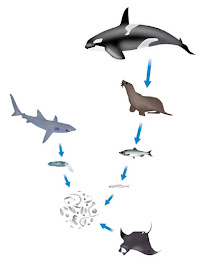GSM is a cellular network, which means that mobile phones connect to it searching for cells. GSM networks can operate in four different frequency ranges. Most GSM networks are operates in the 900 MHz or 1800 MHz bands. Some countries in the Americas use the bands from 850 MHz and 1900 MHz because the 900 and 1800 MHz frequency bands were already allocated
The rarer 400 and 450 MHz frequency bands are assigned in some countries, where these frequencies were previously used for first-generation systems.
In the 900 MHz band there are two different frequency dand for both the uplink and the downlink,for the uplink frequency band is 890–915 MHz, and the downlink frequency band is 935–960 MHz.. Time division multiplexing is used in this to allow eight full-rate or sixteen half-rate speech channels per radio frequency channel. There are eight radio timeslots grouped that is called as TDMA frame. Half rate channels use alternate frames in the same timeslot.
The transmission power in the phone is limited to a maximum of 2 watts in GSM850/900 and 1 watt in GSM1800/1900. macro, micro, pico, femto and umbrella cells these are all the five different cell size in a GSM network. Indoor coverage is also effectively supported by GSM and may be achieved by using an indoor picocell base station,
Femtocells are cells are mainly designed for use in residential or small business environments and connect to the service provider’s network via a broadband internet connection.these are all the some of the points in the GSM.



